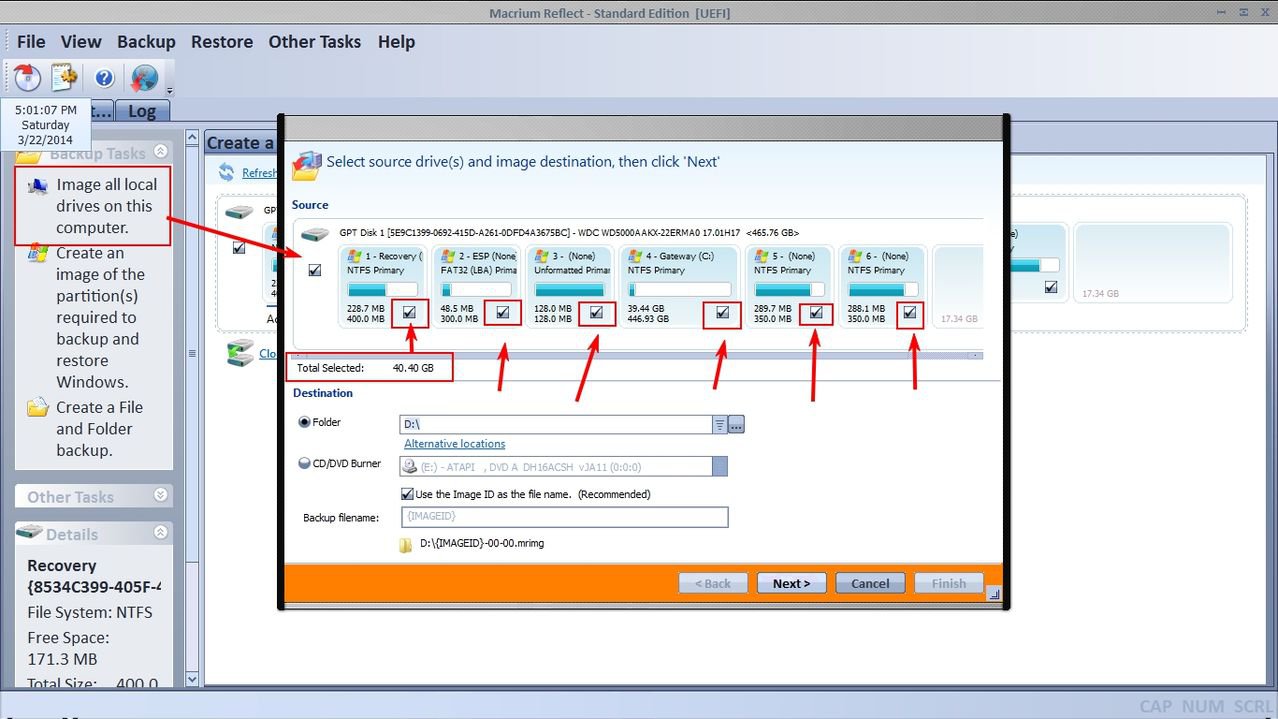Use this program. It does the job in 3 clicks.
Paragon Migrate OS to SSD - System migration to Solid State Drives (SSD) - Overview
Thanks...I do think your solution is my best plan for action. Have you used this before and will it shrink or size the ssd?
My Computer
System One
-
- OS
- Windows 8



